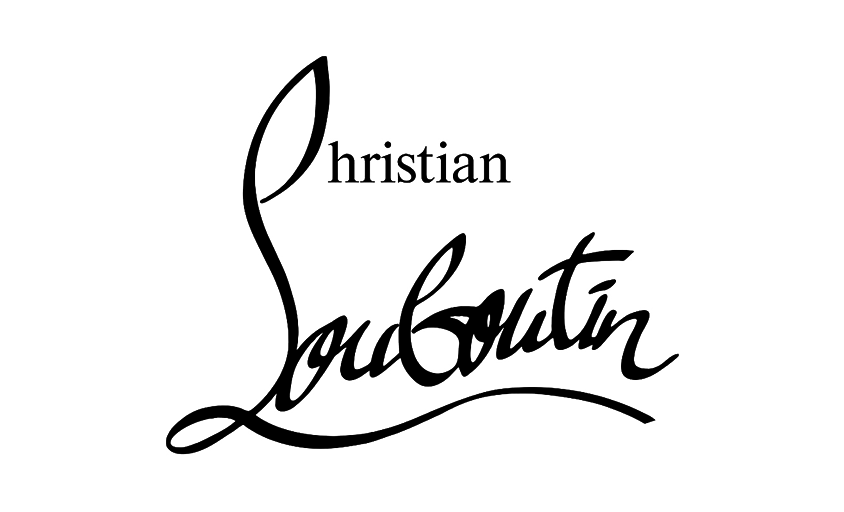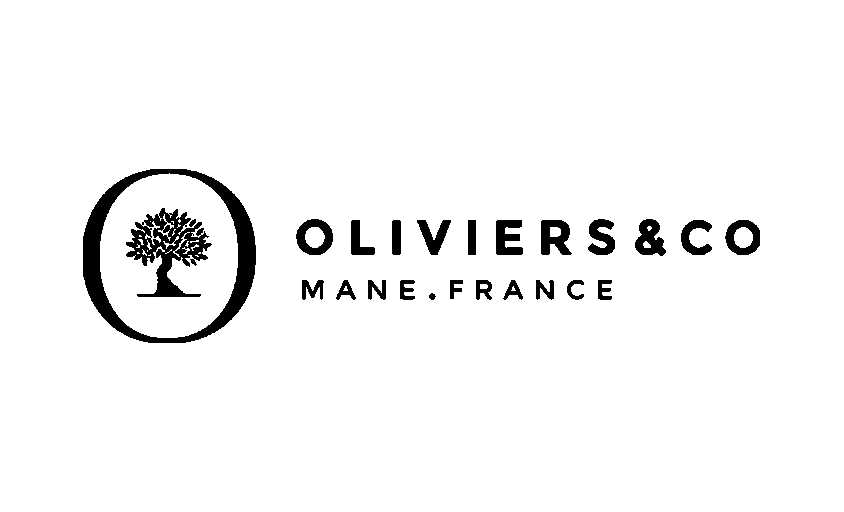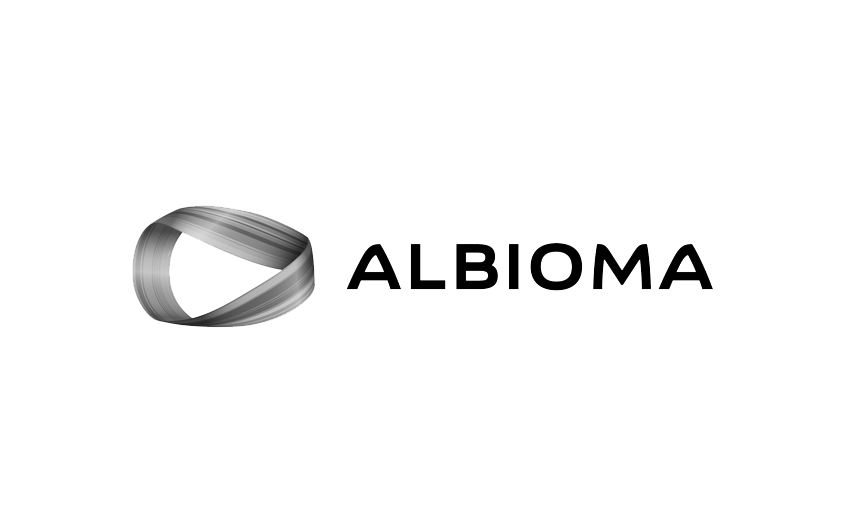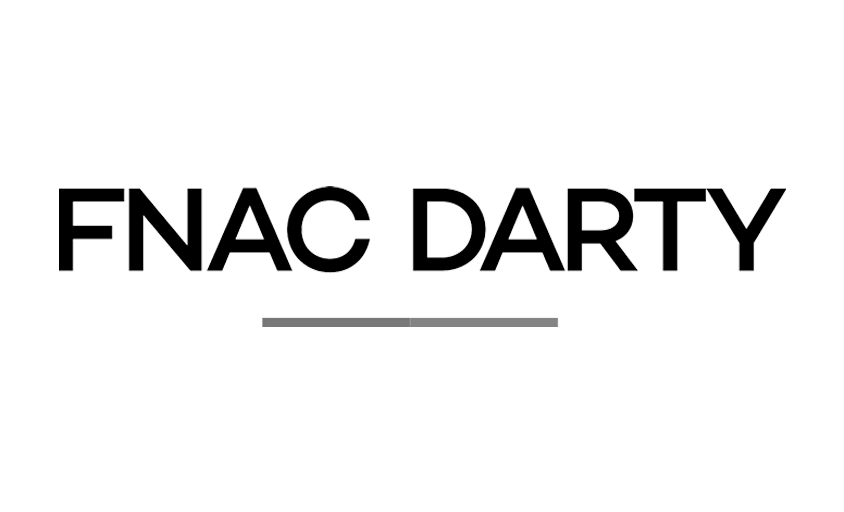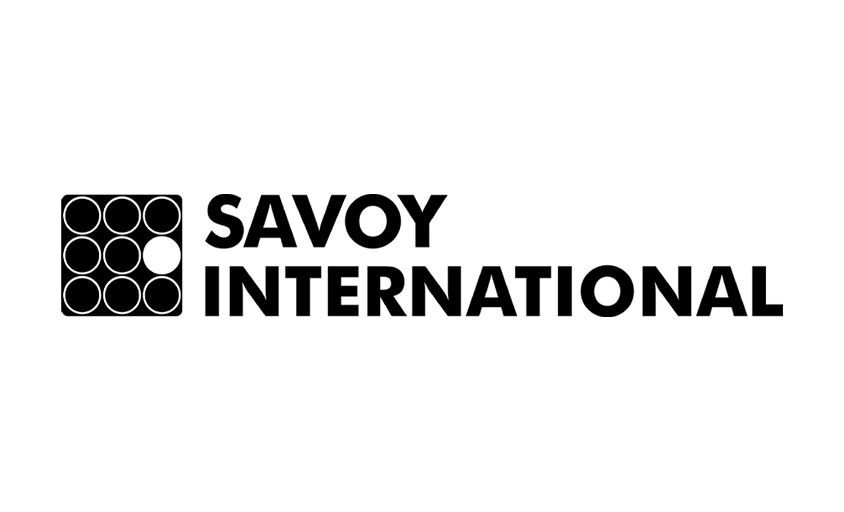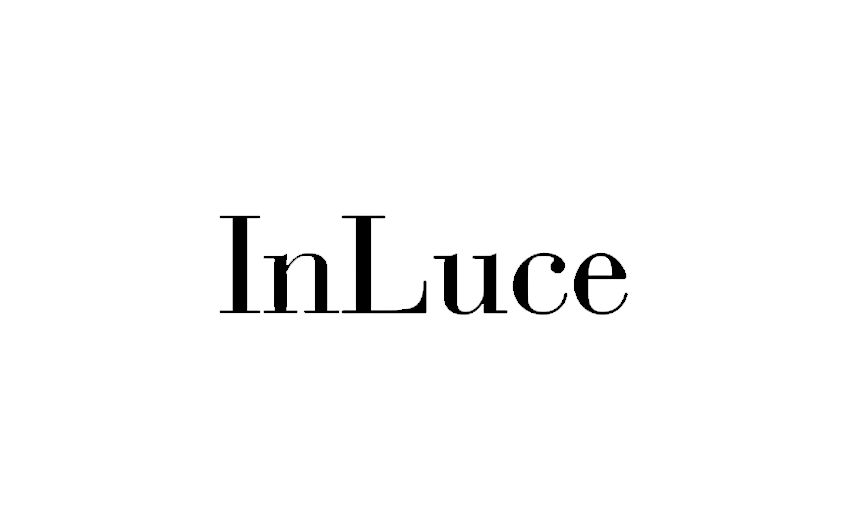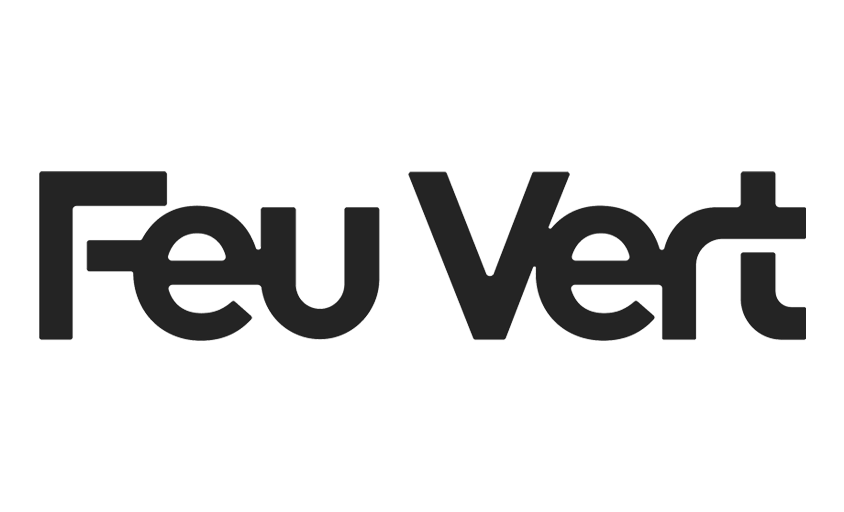Compression
In this article :
Compression in the field of photo retouching refers to the process of optimizing the file size of an image during export, without compromising its visual quality. This term, crucial in the digital workflow, helps reduce the weight of images for easier storage, sharing on the web, or printing. By adjusting compression settings, the editor can find a balance between a lightweight file and a result that faithfully preserves the details and colors of the original image.
Definition and Principles of Photo Compression
Photo compression relies on two main methods: lossy compression and lossless compression.
- Lossy Compression: The most common format is JPEG. It removes certain data deemed less perceptible to the human eye, significantly reducing the file size (sometimes up to 90% reduction).
- Lossless Compression: Formats like PNG or TIFF preserve all the visual data, ensuring optimal quality but with a generally larger file size.
These techniques use sophisticated algorithms that analyze and redefine the structure of the image. The goal is to minimize artifacts while maintaining color fidelity, all while producing files that meet the technical constraints of distribution platforms.
Compression Techniques and Settings
Optimizing photo compression involves working with various parameters:
- Image Quality: By adjusting the quality percentage during export (often between 60% and 90% for JPEG), you control the balance between sharpness and file size.
- Resolution: Reducing the resolution, when acceptable, can also significantly decrease the file size.
- Color Profile: Choosing and maintaining an appropriate color profile (e.g., Adobe RGB or sRGB) ensures that compression doesn’t distort the color representation across different platforms.
Many editing software programs offer a real-time preview of the compression effects. This feature allows you to experiment and compare the quality before finalizing the export. For example, comparing an image compressed at 80% to one at 90% often reveals that the difference is imperceptible for online use, while the 80% compressed file will be significantly lighter.
The Importance of Compression in the Workflow
Compression plays a crucial role in the distribution of images. On the web, for example, oversized files can slow down page loading times, impacting user experience and SEO. For printing, finding the right balance is essential to avoid quality loss when transferring data to the final medium. Therefore, compression is a strategic tool that, when used correctly, enhances the efficiency of sharing and the performance of visuals across various platforms.
Conclusion
Photo export compression is a fundamental step for any professional in photo editing who wants to optimize their files without sacrificing quality. By mastering the different parameters and wisely choosing between lossy or lossless compression, you can tailor your images to each use, whether it’s for the web, print, or storage. This technical process, while invisible to the viewer, ensures that your visuals retain their impact and color fidelity. Are you ready to integrate an effective compression strategy into your workflow to maximize your image performance?
Jérémy Carlo is the editorial director at Rétines, where he ensures the consistency and clarity of all content produced by the studio.
Our Clients
Let’s discuss
What we do for you at Rétines
Meticulous work, an organised project and fast delivery. And to achieve this, we mobilise the right resources in our teams at the right time.
01
Pre-production
Artistic and technical direction tailored to the project.
Relevant recommendations on content, form and resources.
02
Photo Shooting
Photos taken by our experienced photographers.
Production that’s controlled, efficient and tailored to the needs of the project, with nothing superfluous.
03
Retouching
Technique
Photographs magnified by our retouching team.
Post-production to meet the commercial challenges of the brief.

